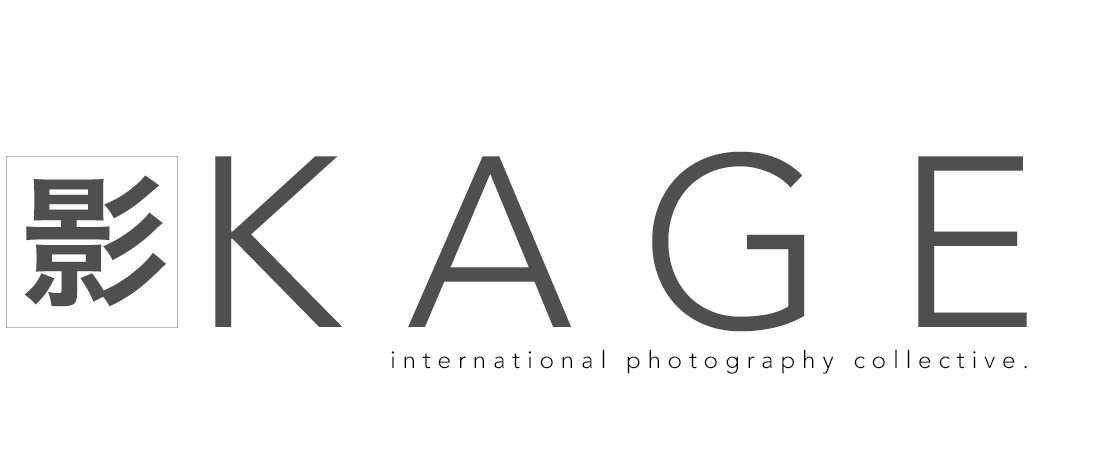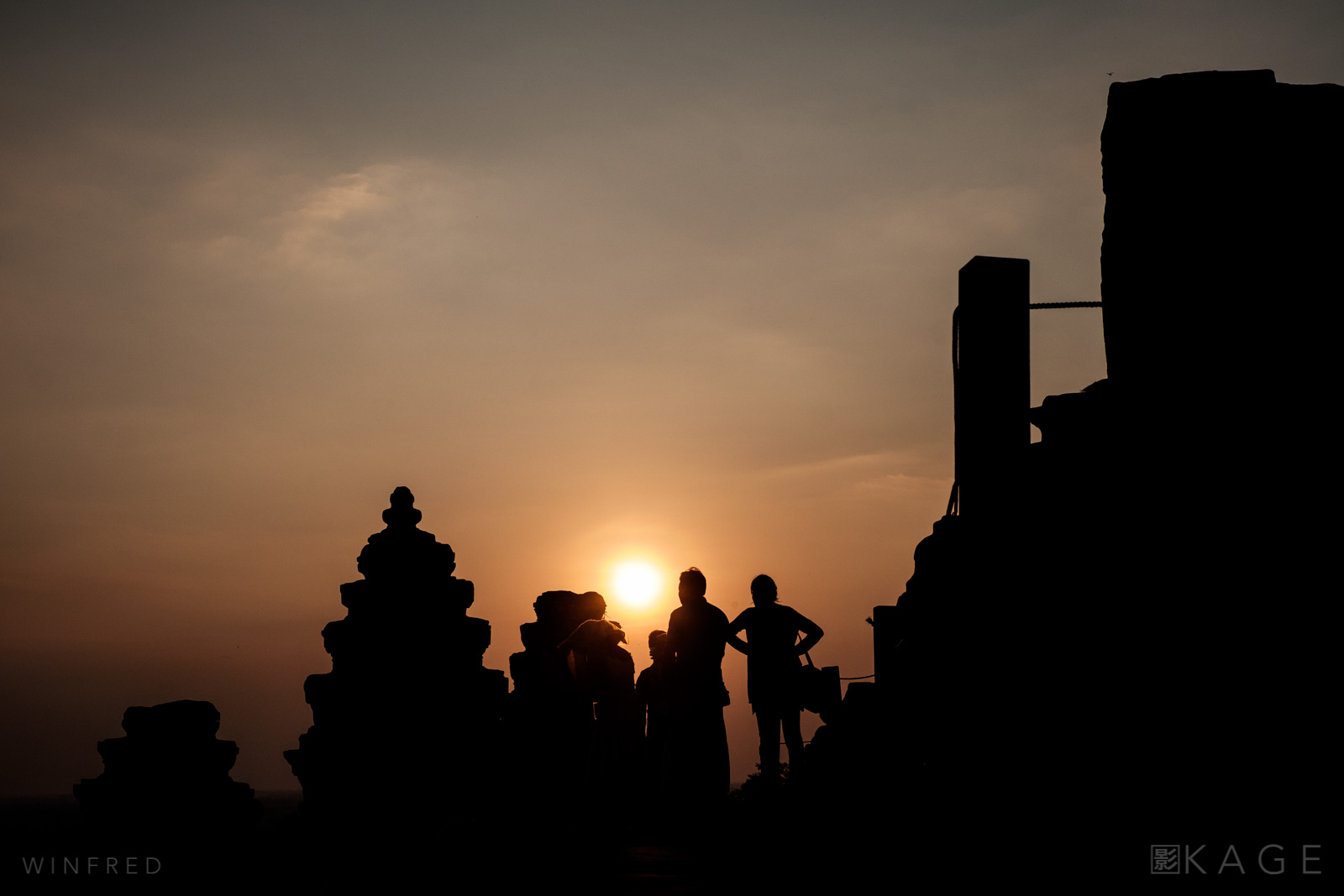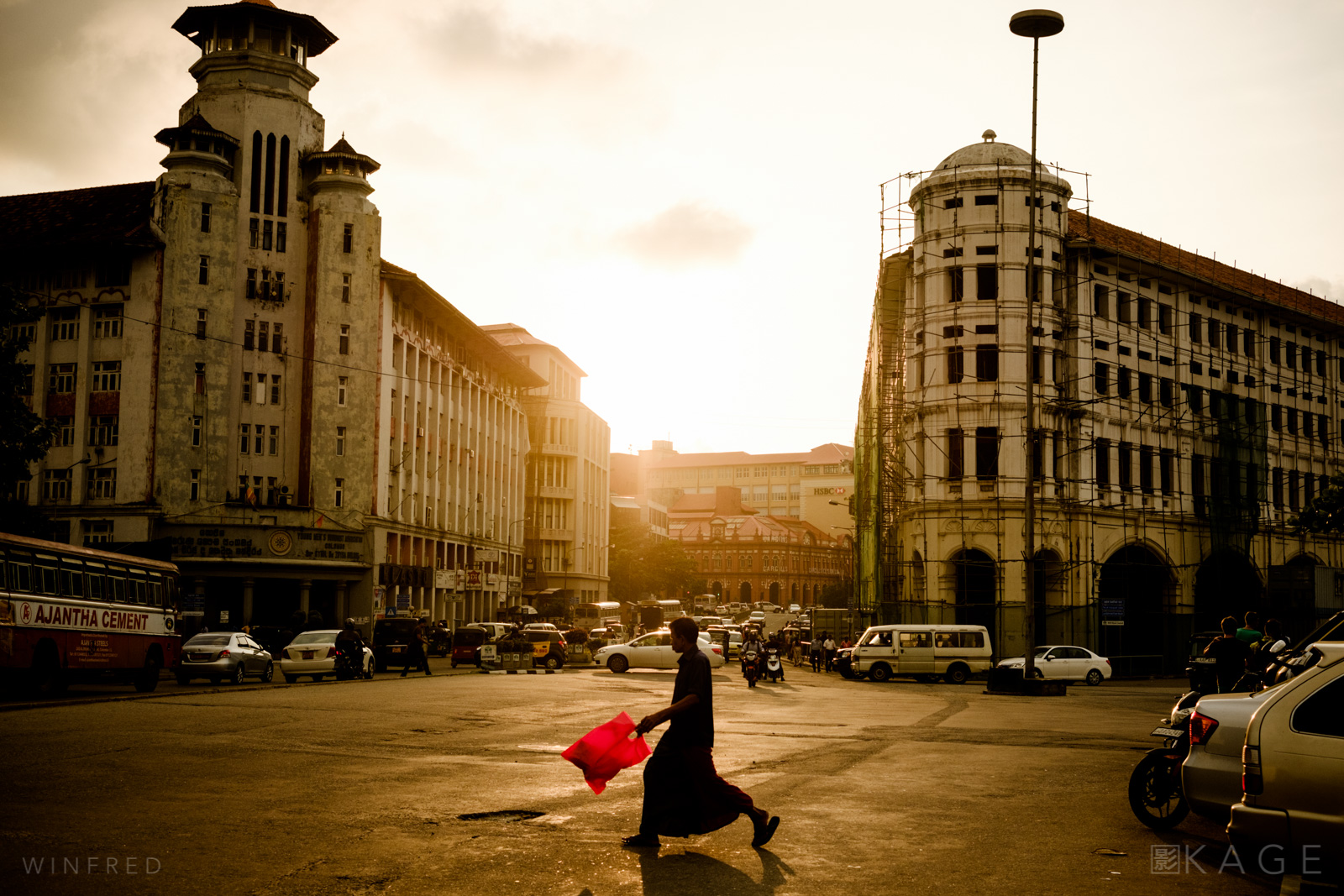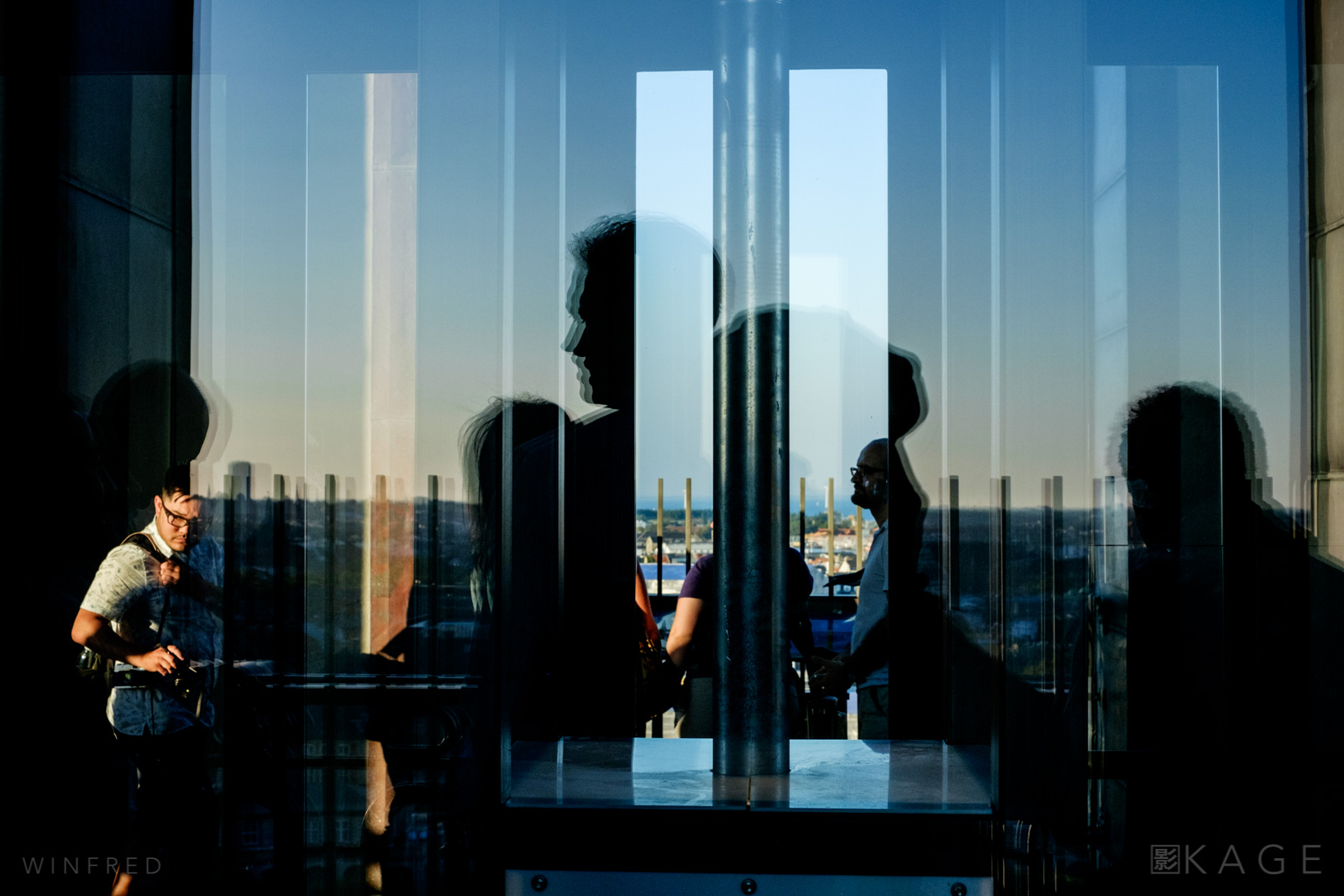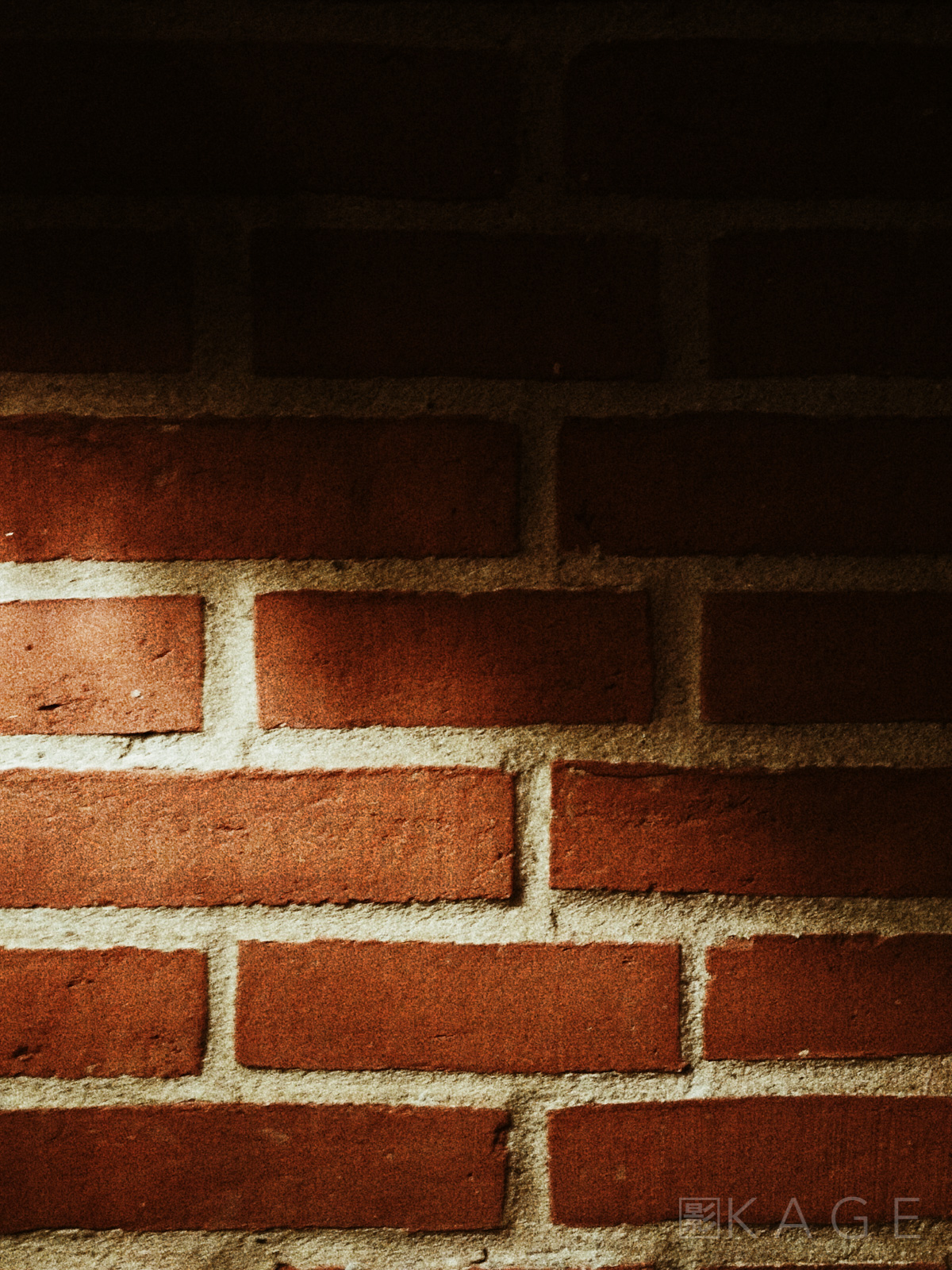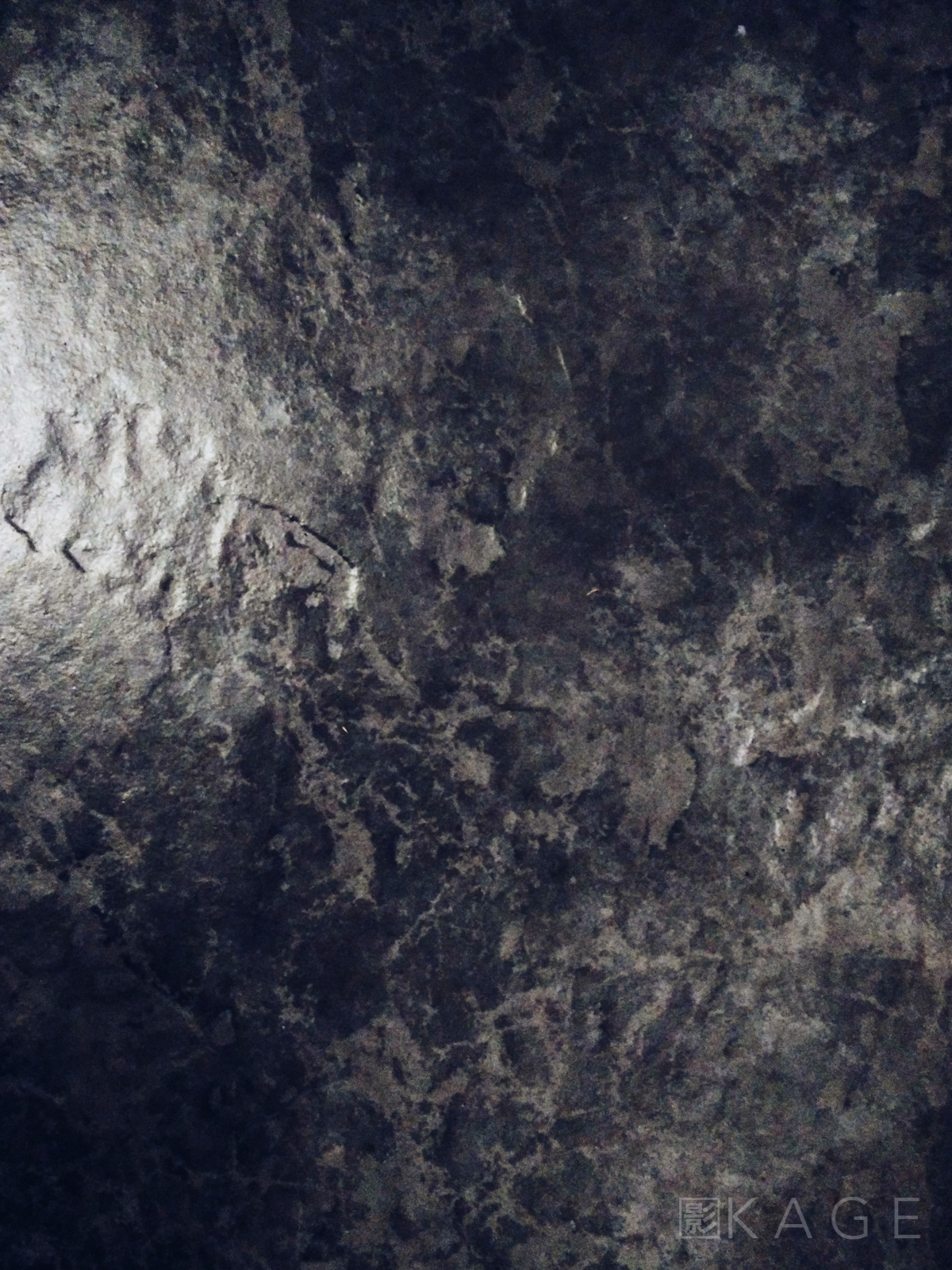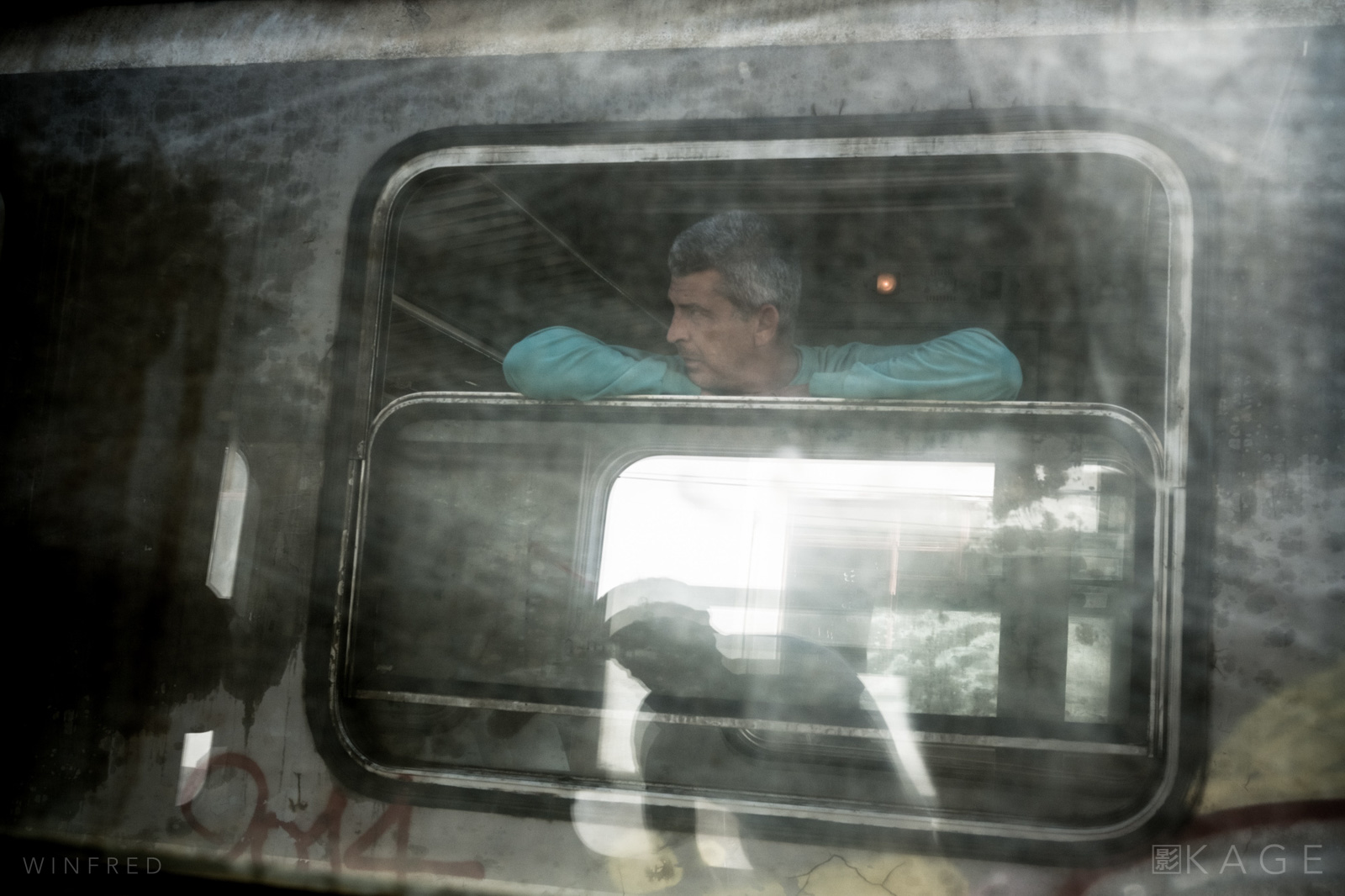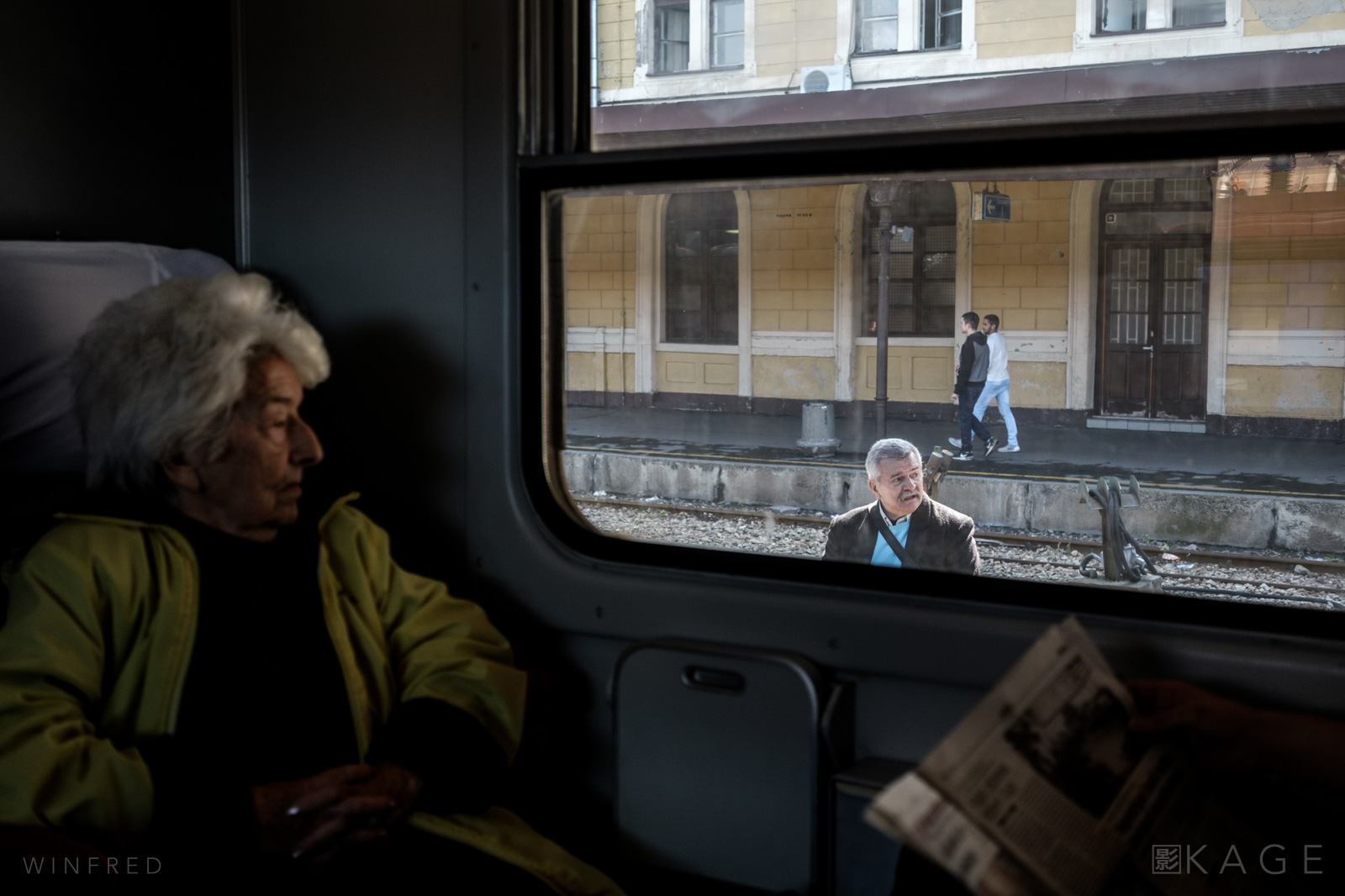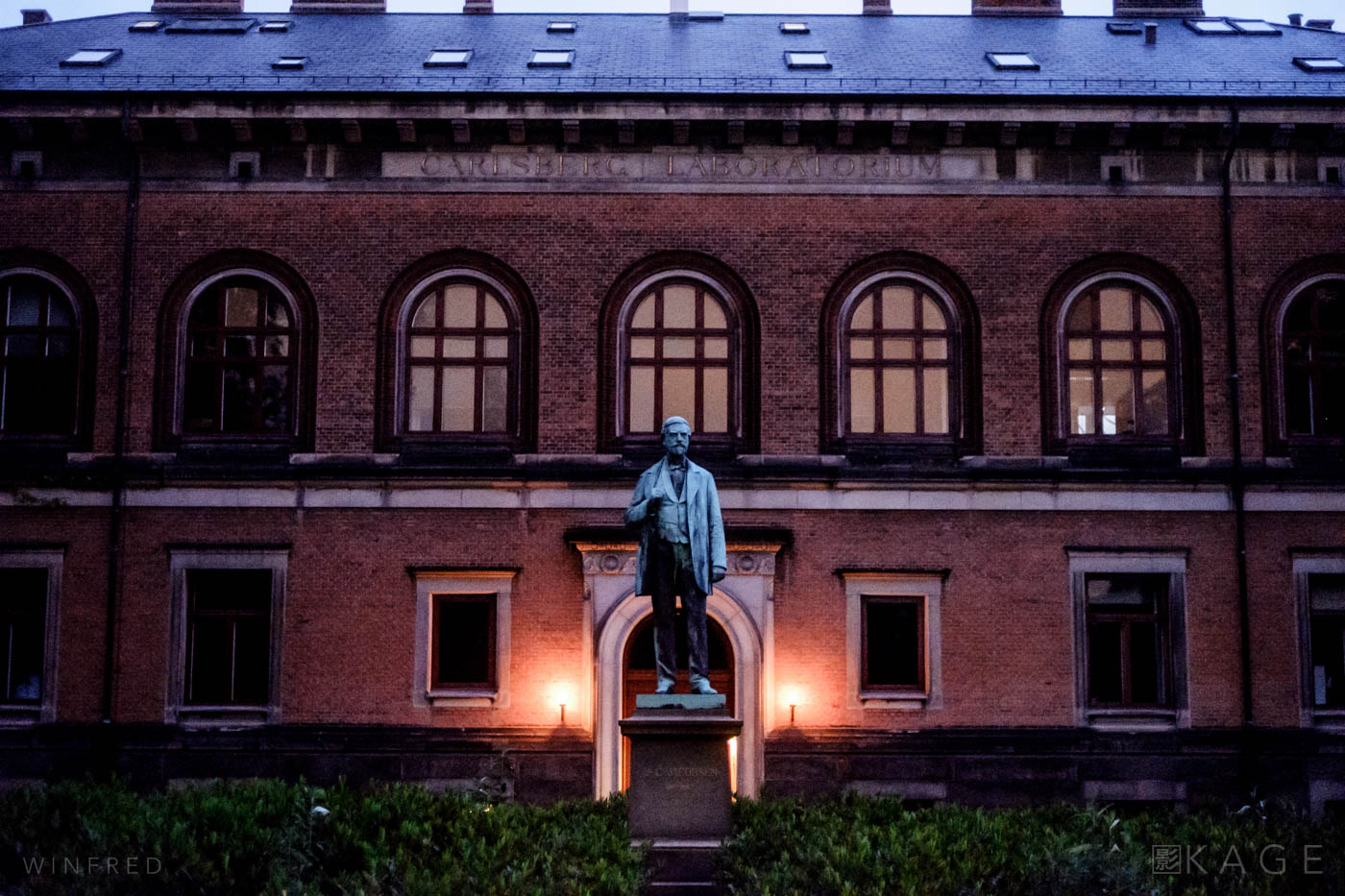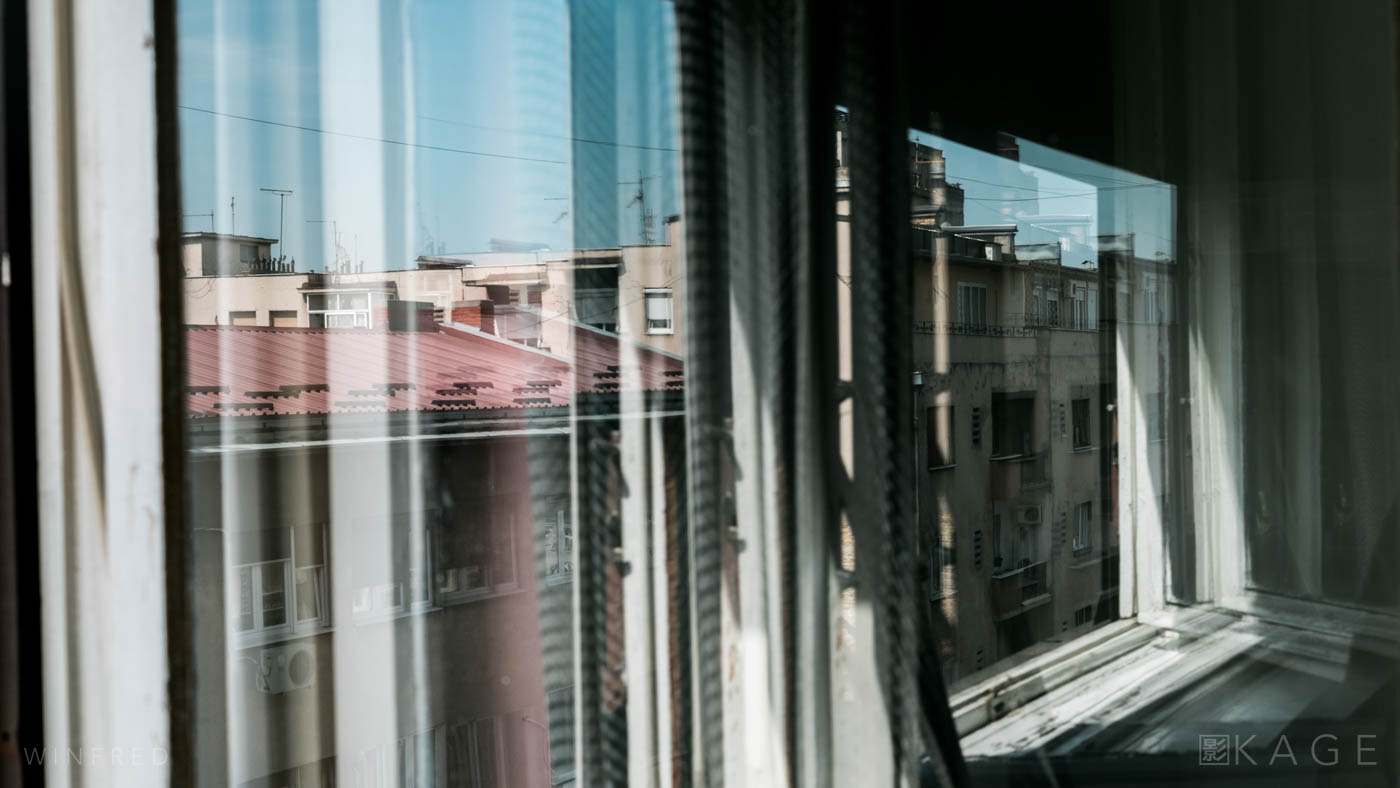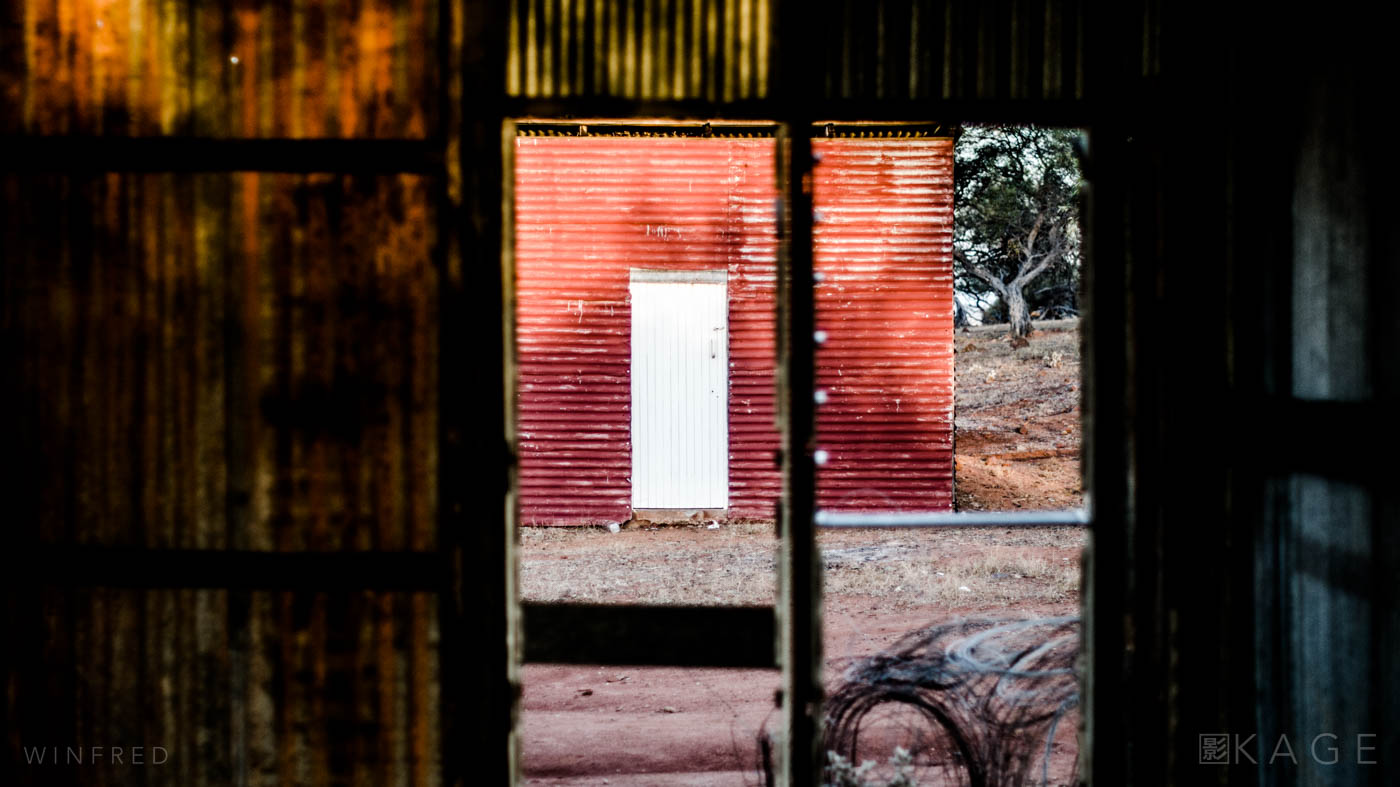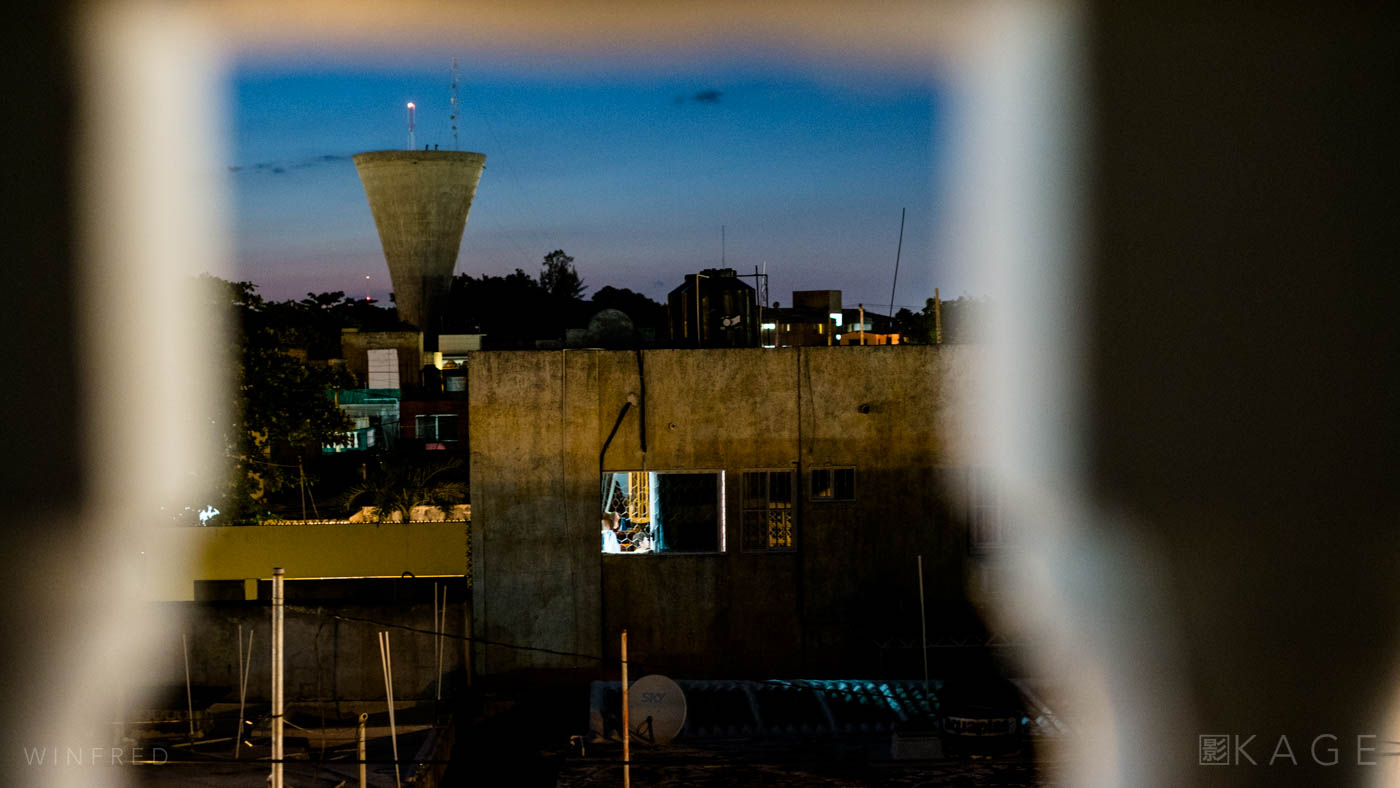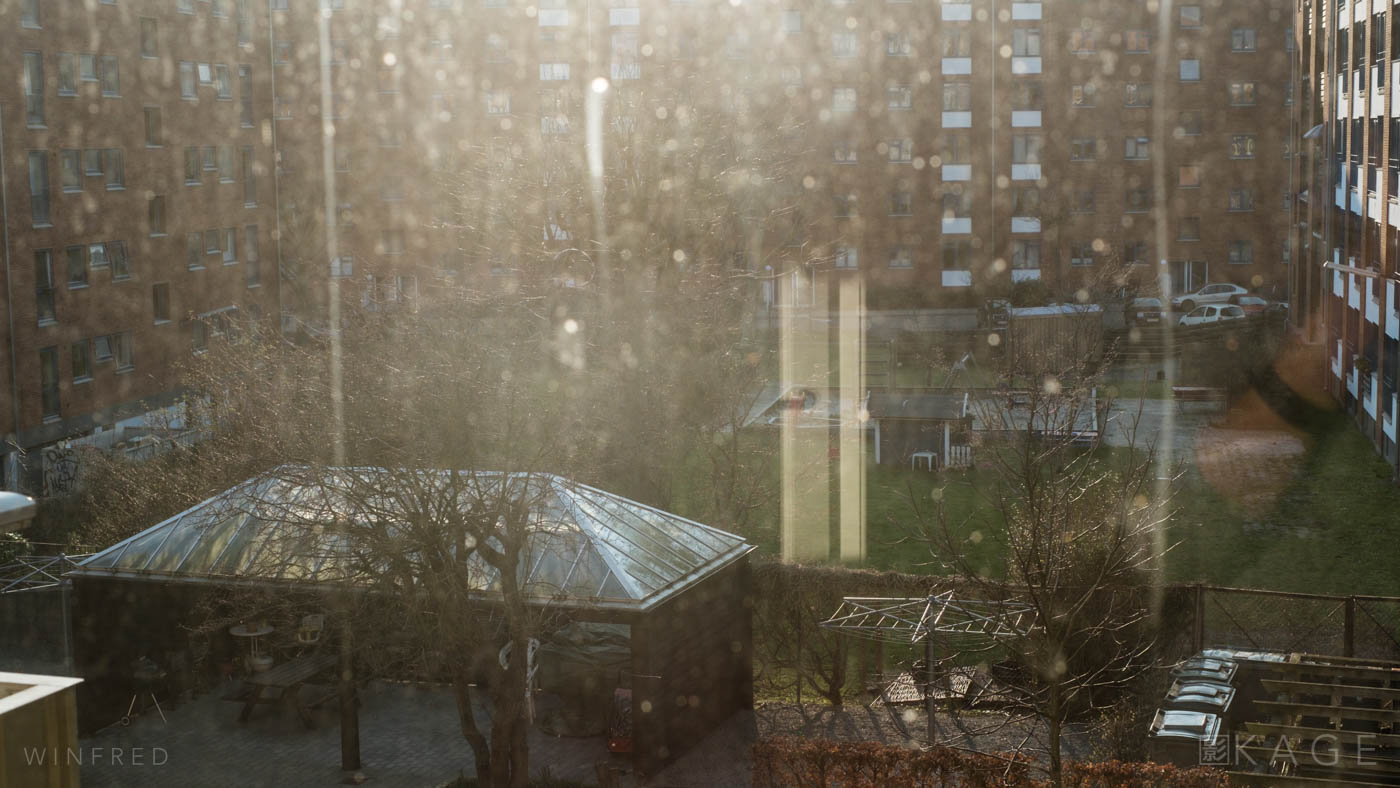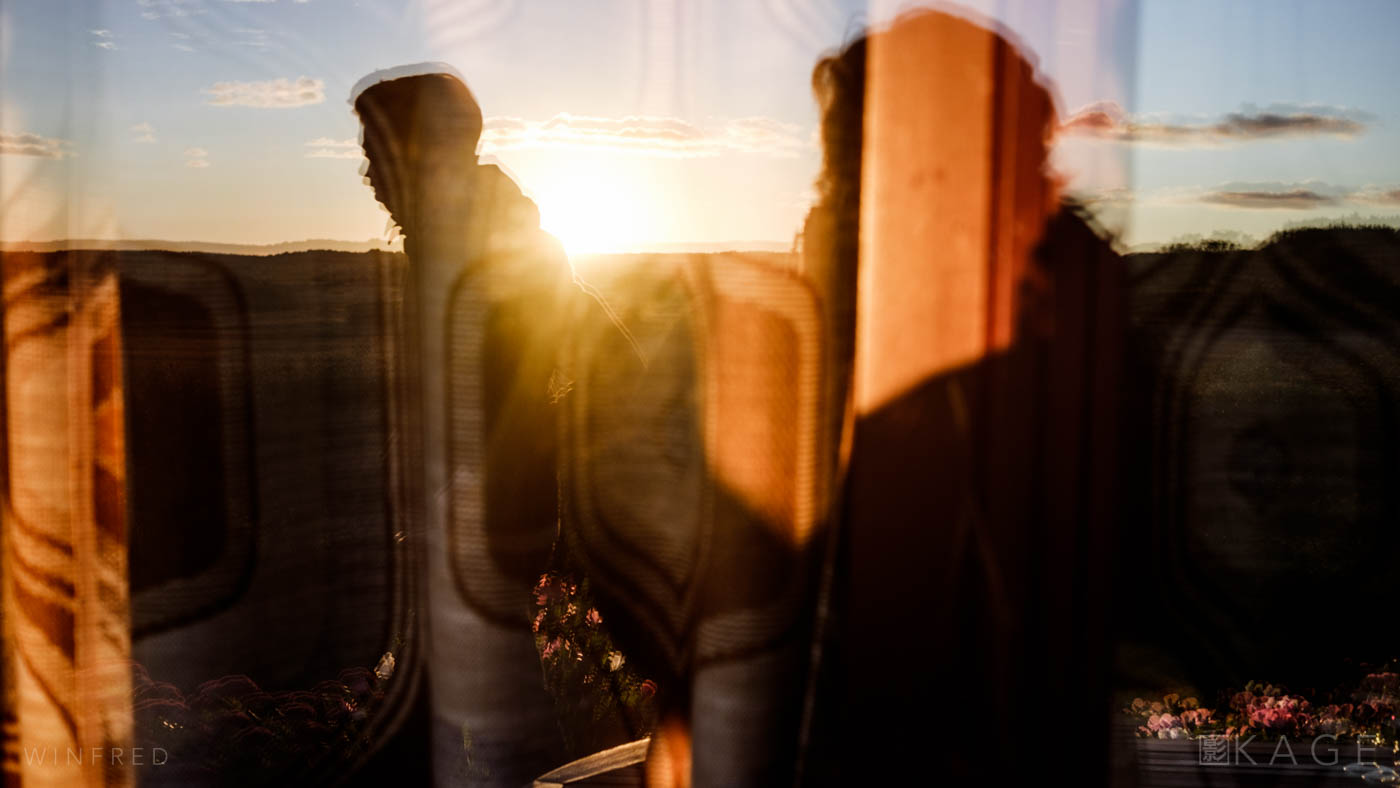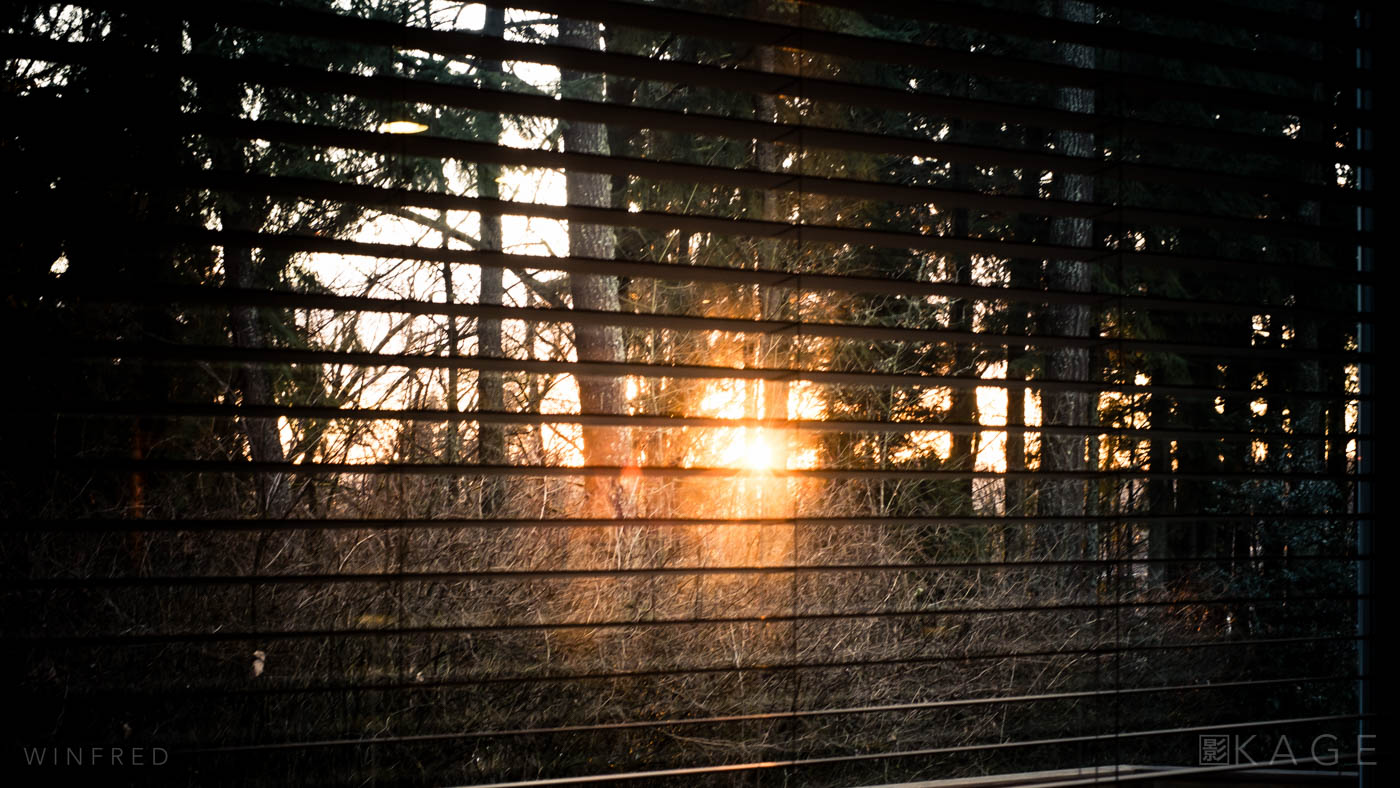White Sands, New Mexico, USA
By Charlene Winfred
Reflecting on the different edges of the world, all of the metaphors that come to me are an echo: boundaries, fences, walls. Go forth and conquer, but leave the strangers where you found them. The horizon as a line in the texture of numerous such edges, fruitful and varied, is hidden.
It has been three years since I've started returning to the mother country regularly. This time, I find myself appreciating subtleties that were lost to me before. Finding hope in small corners, against the onslaught that usually drives me to despair and a whole lot of anger. I am learning to listen, and finally understanding what I cannot yet hear. In doing so, shrugging off my own yoke.
Third time's the lucky charm.
Long may we seek to broaden our horizons, and discover all the remarkable things that lie between ourselves and eternity.
